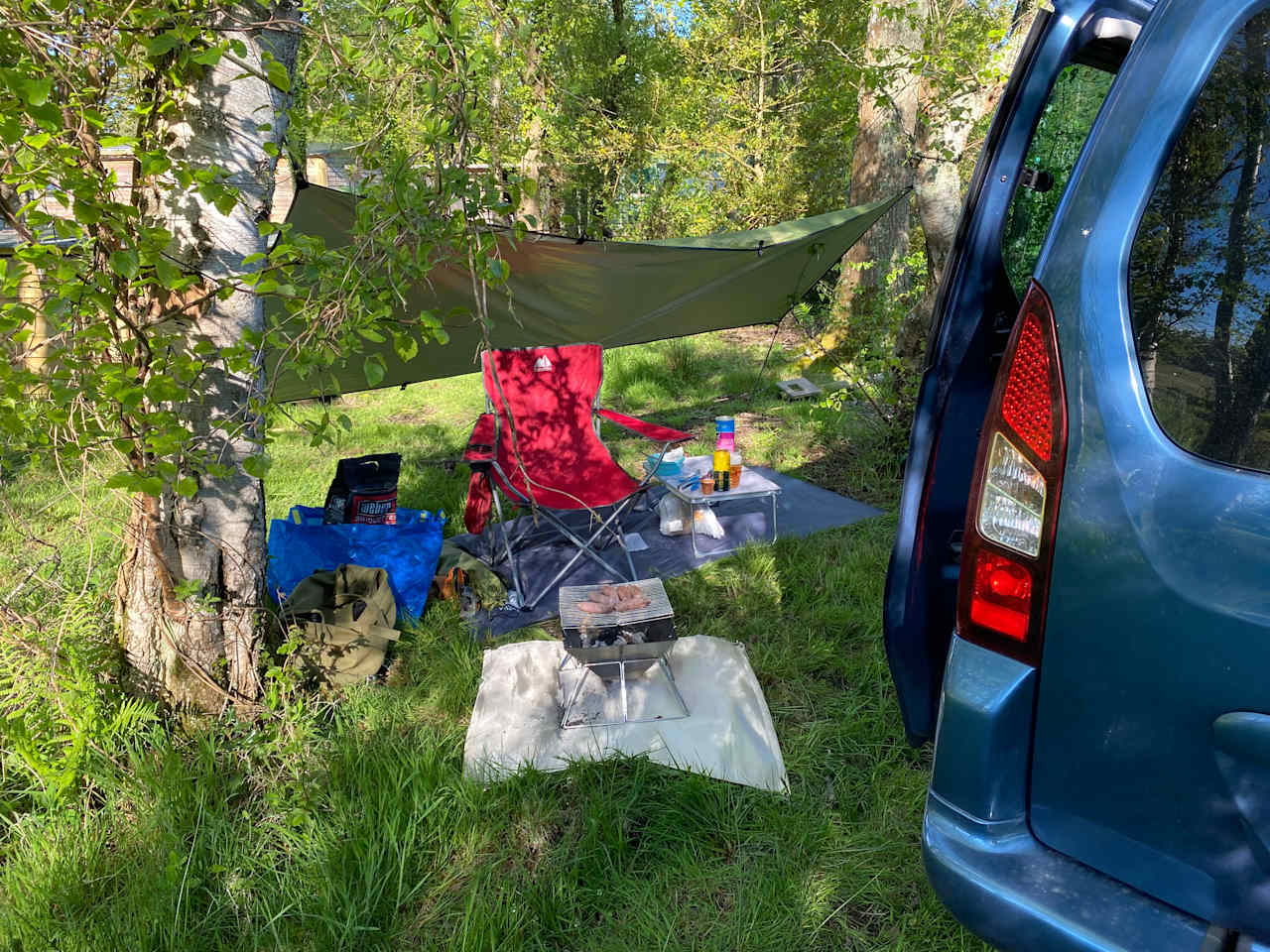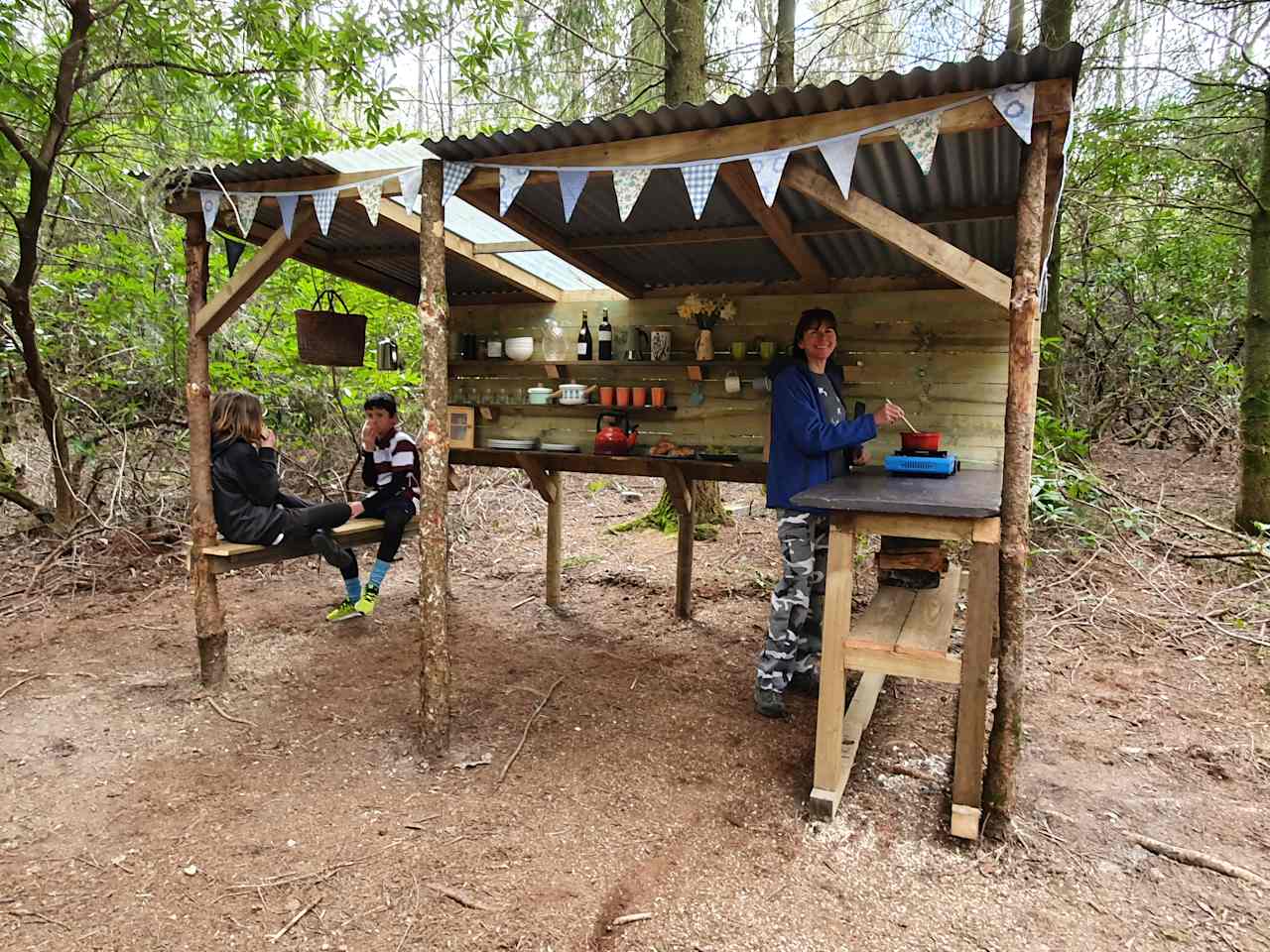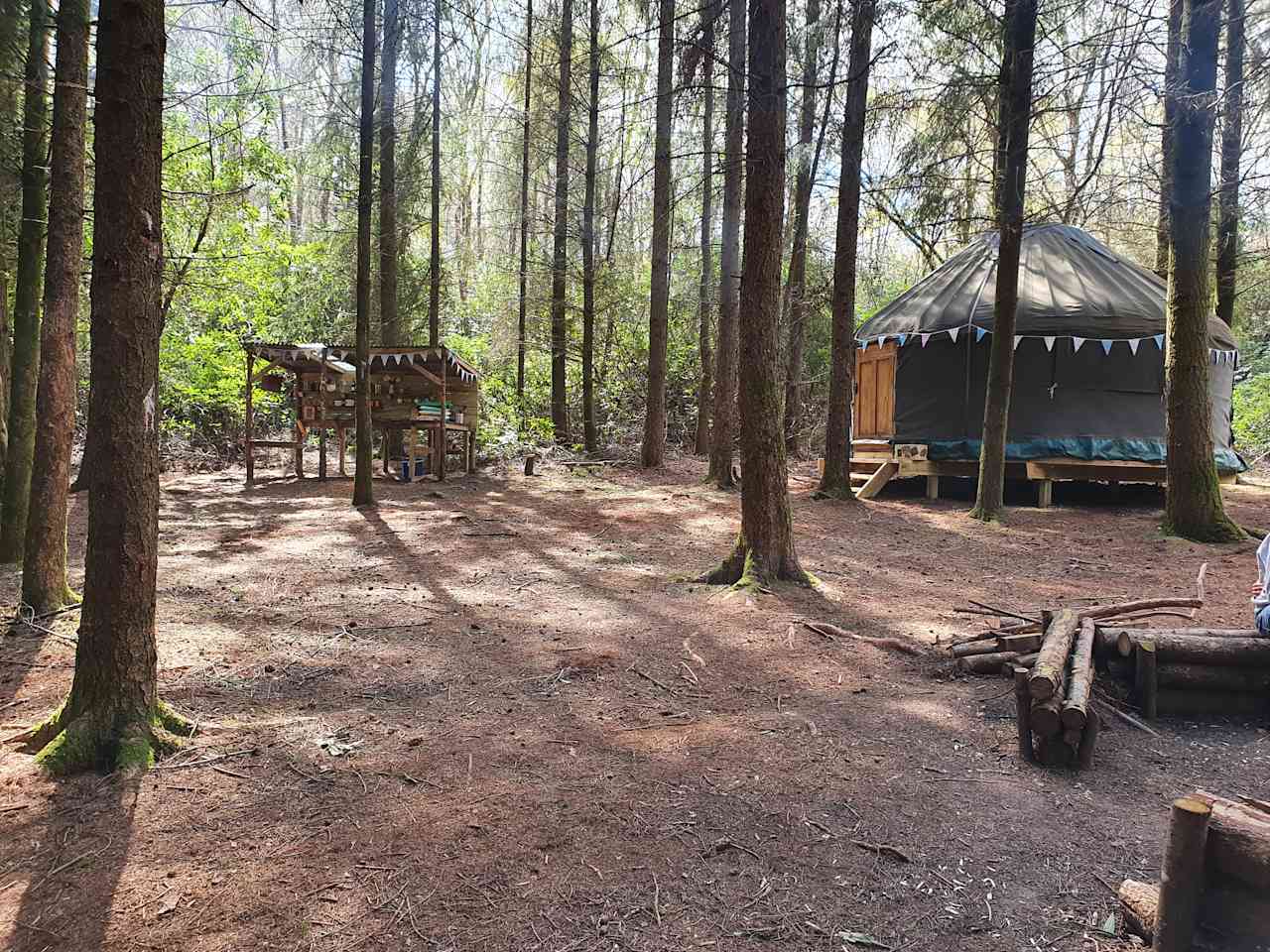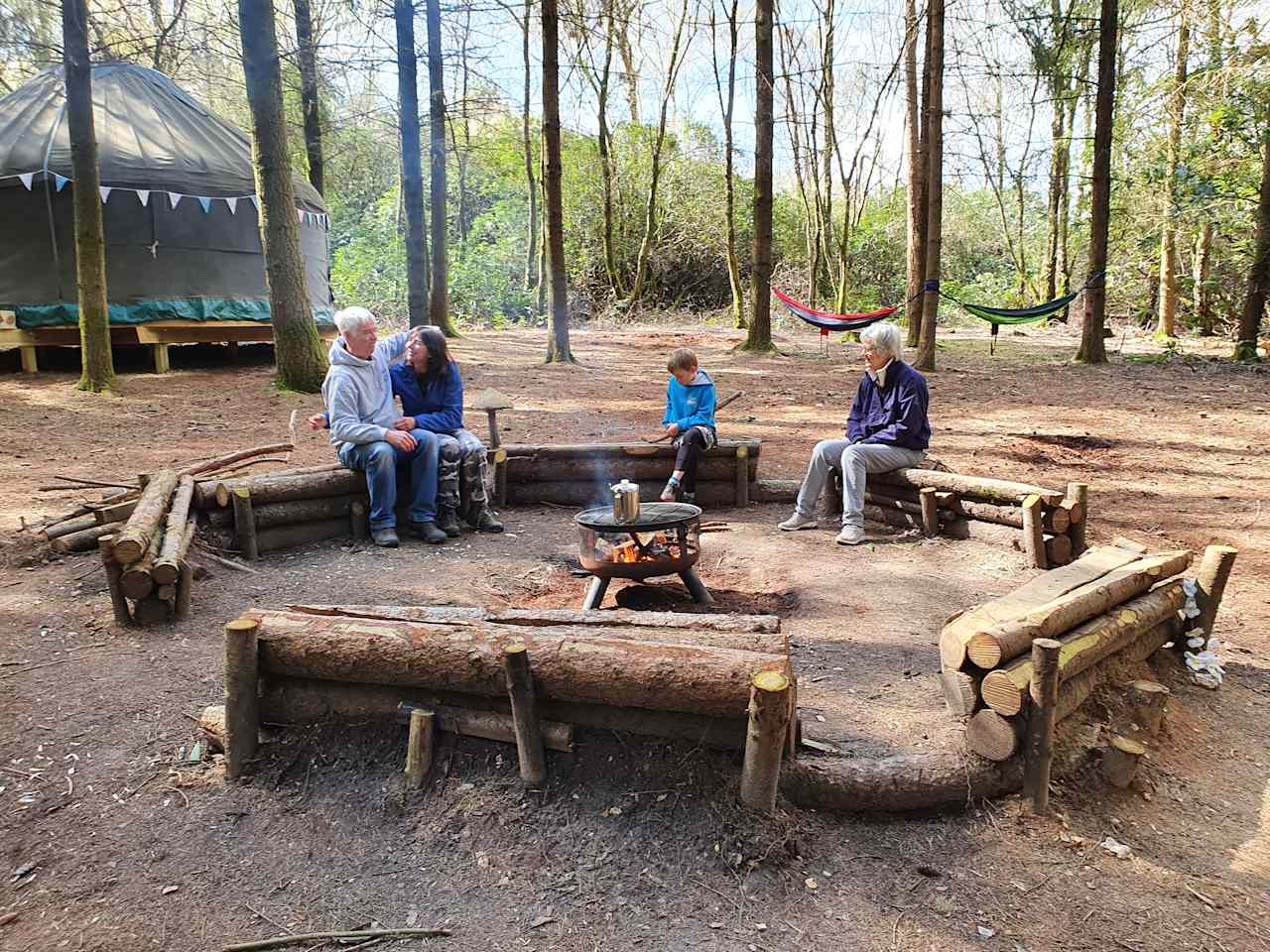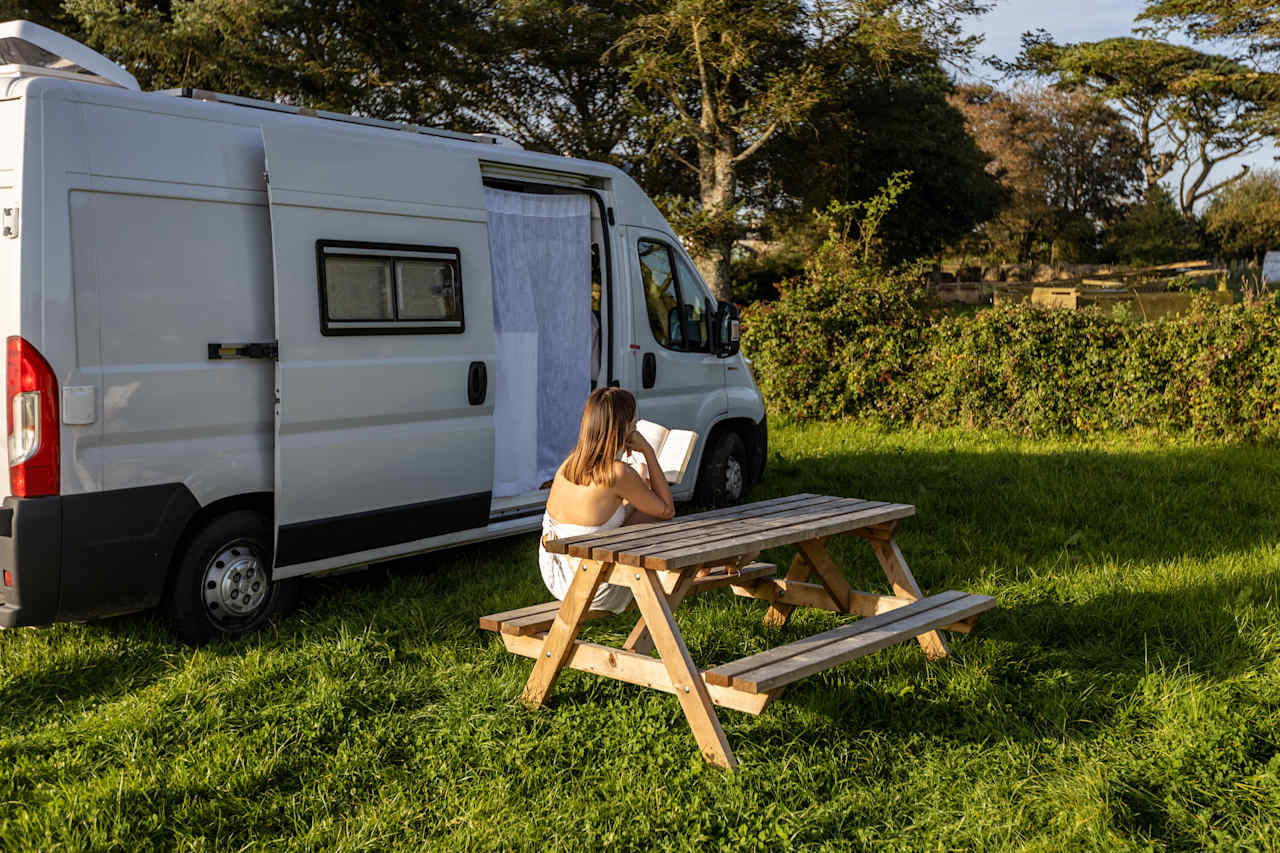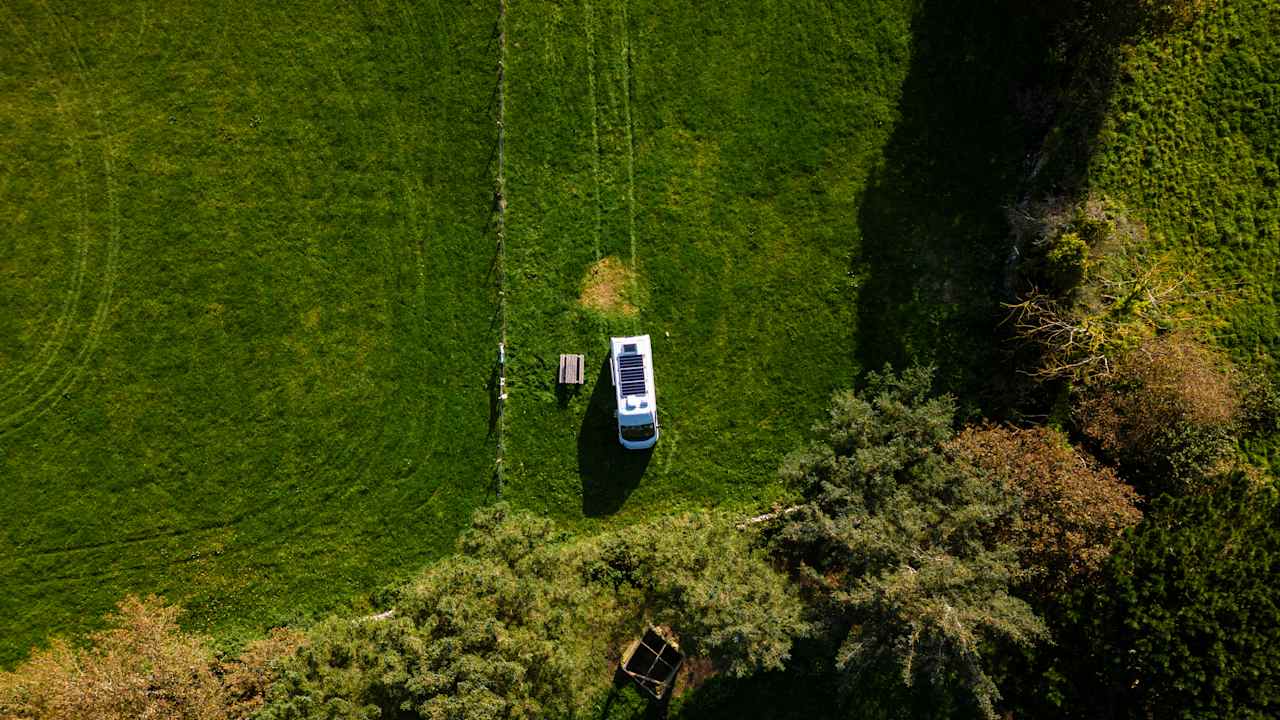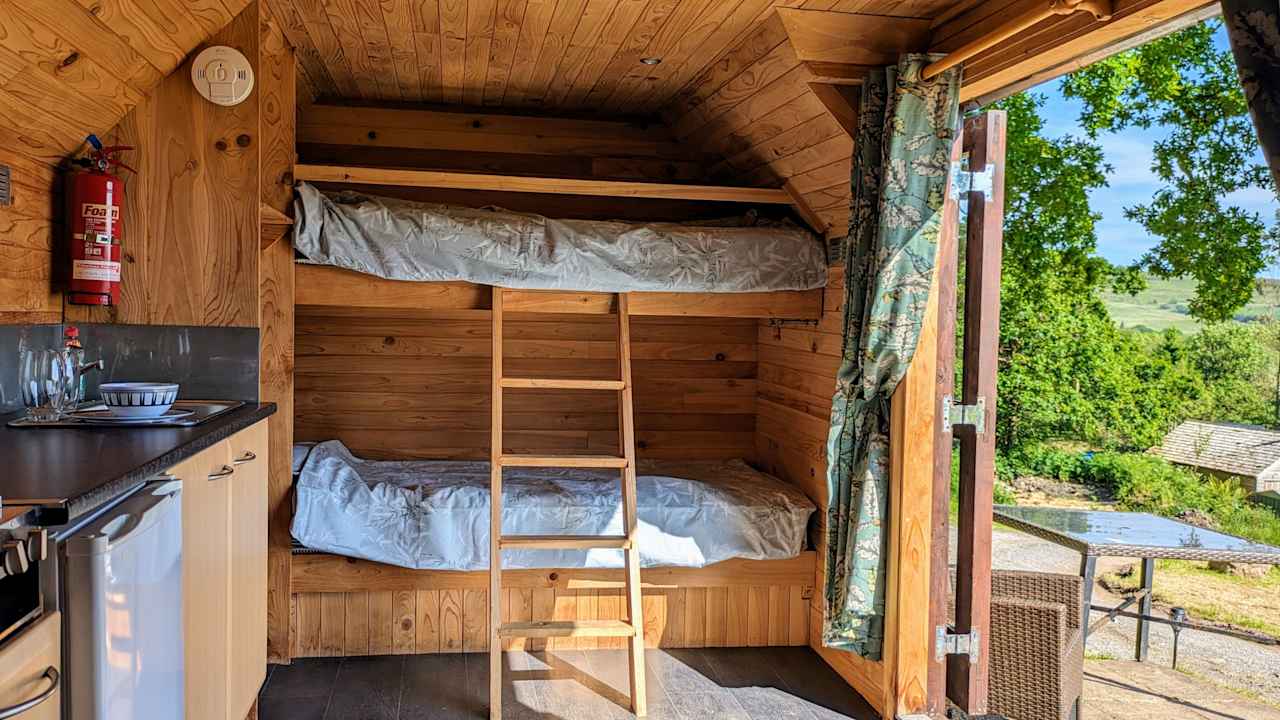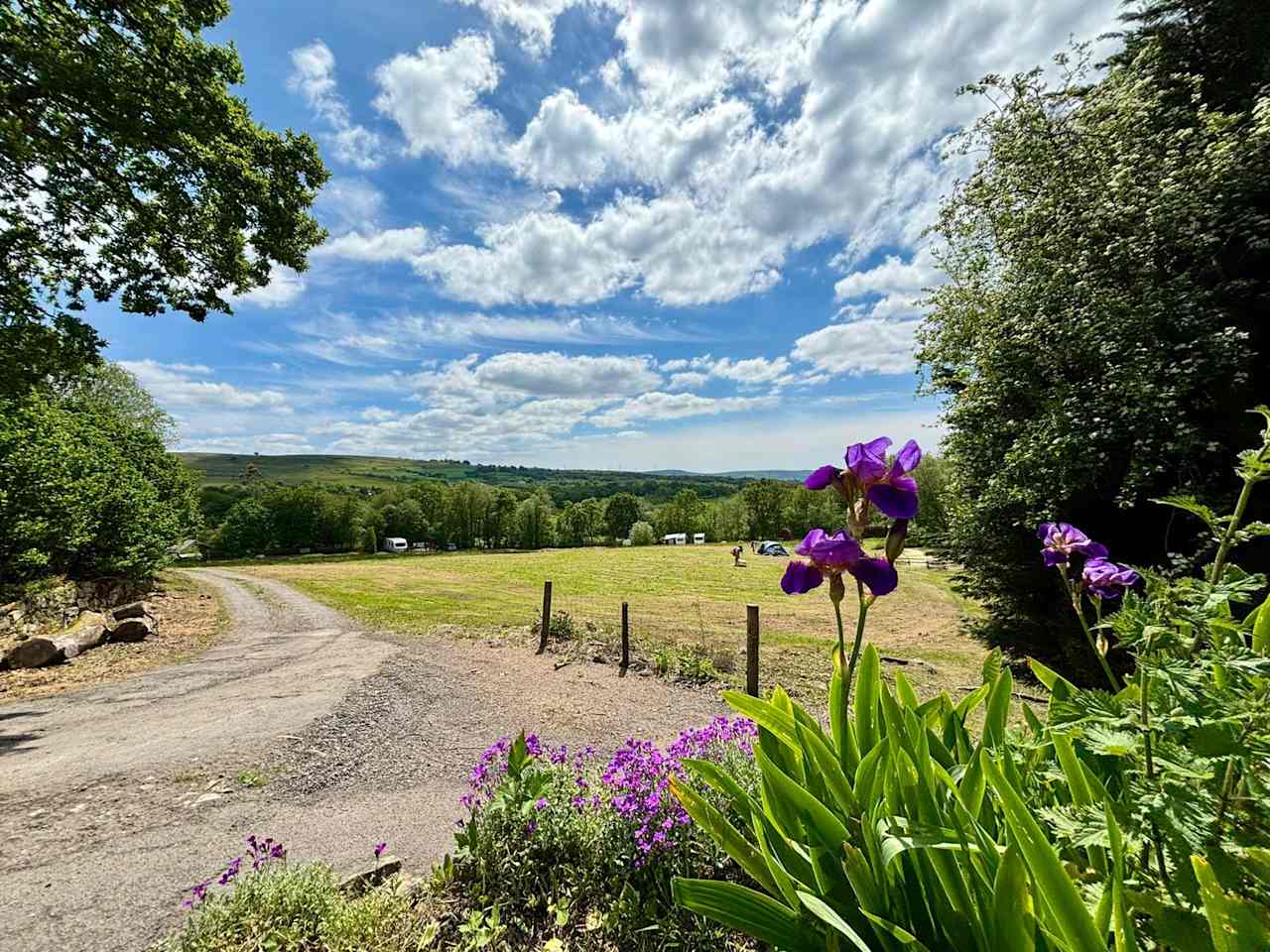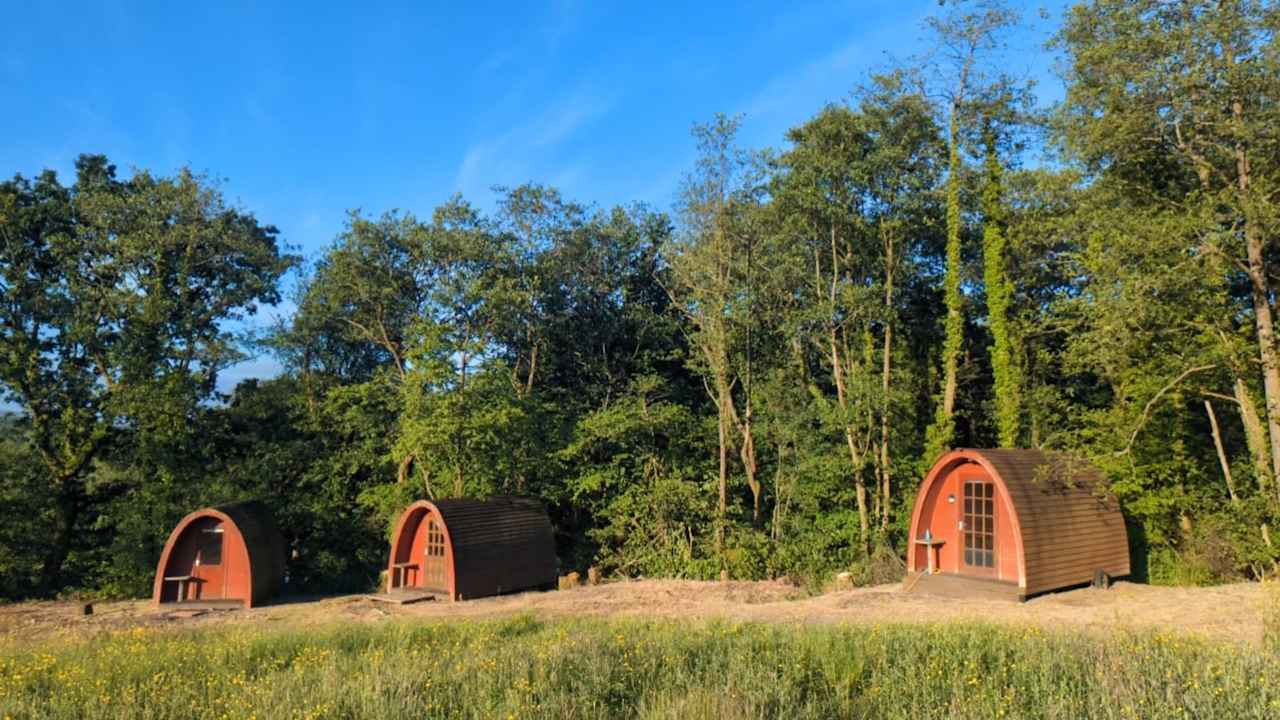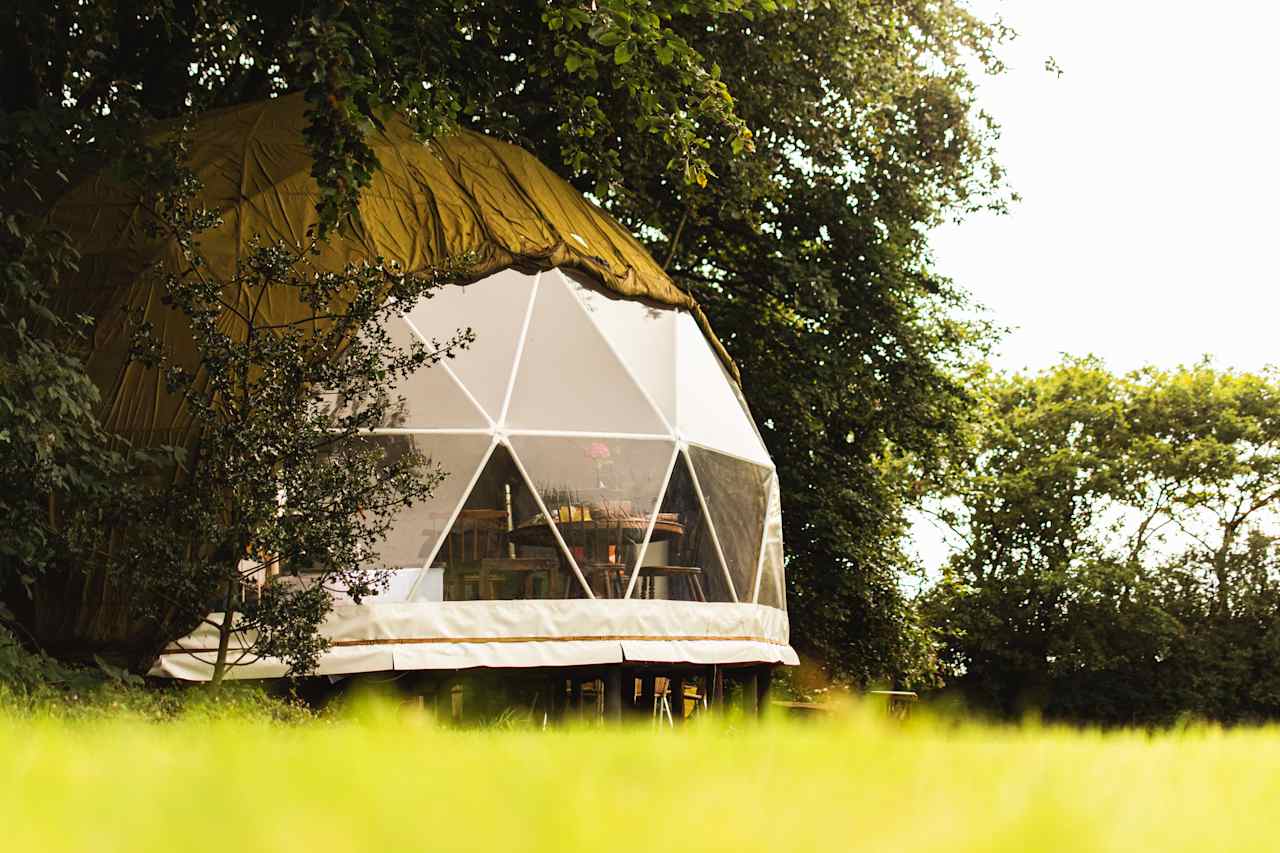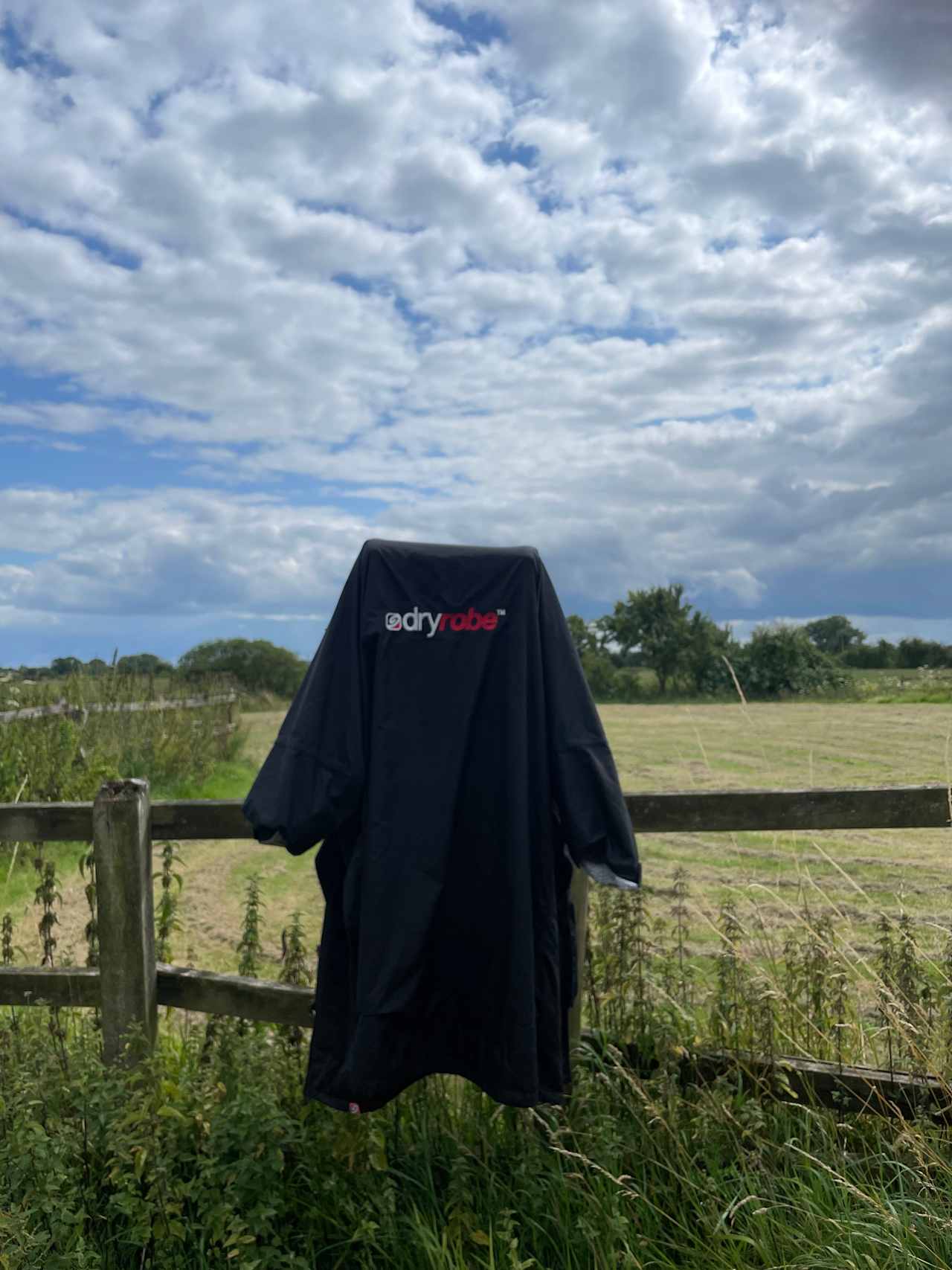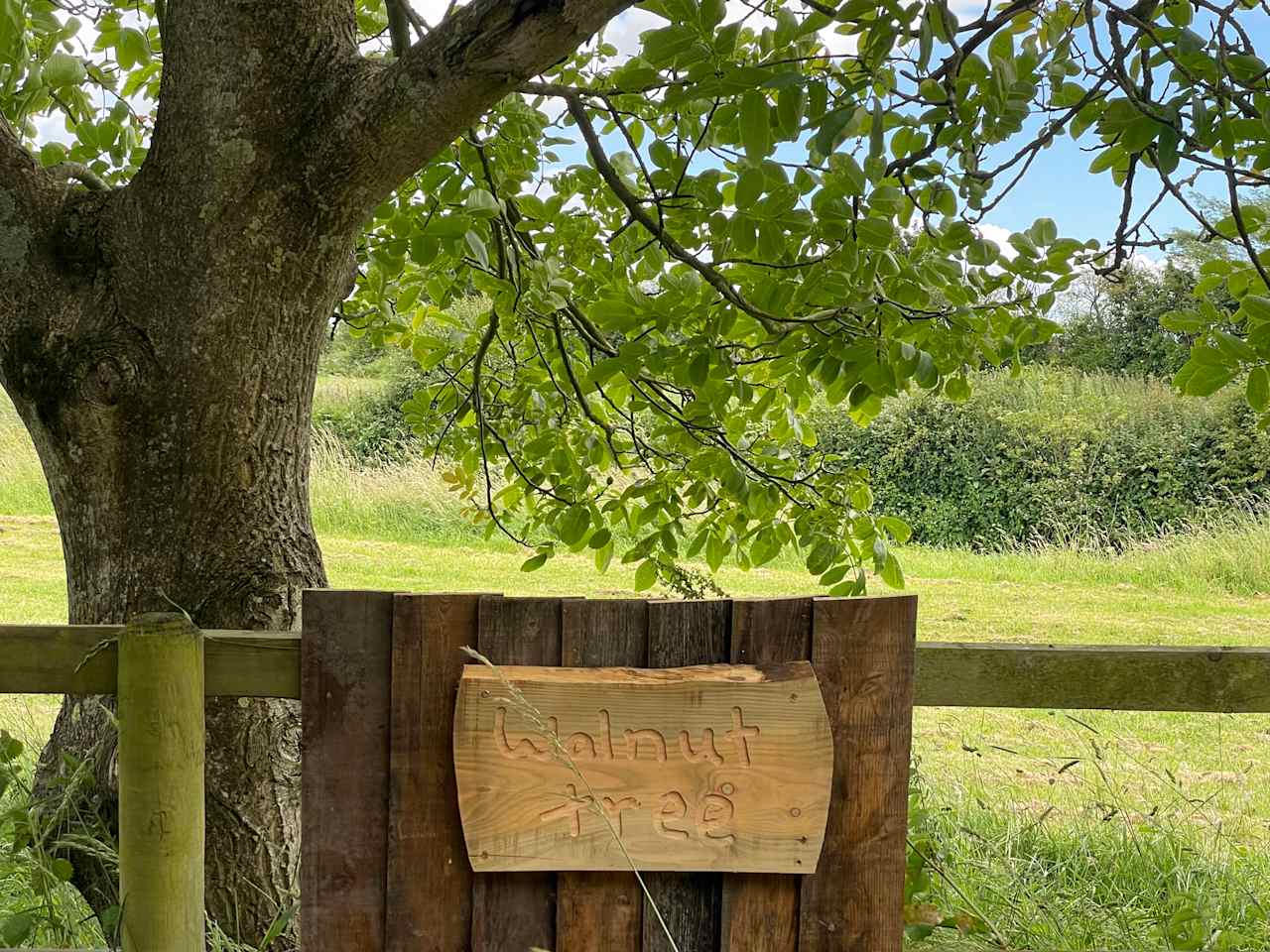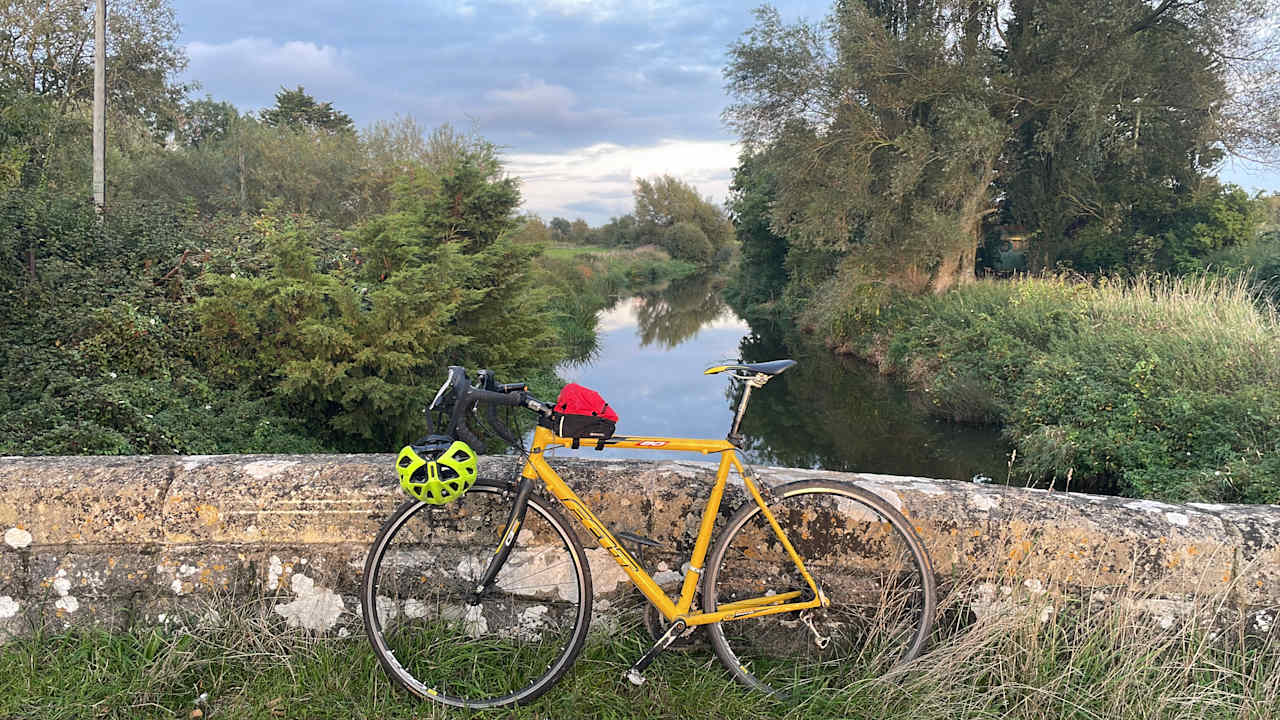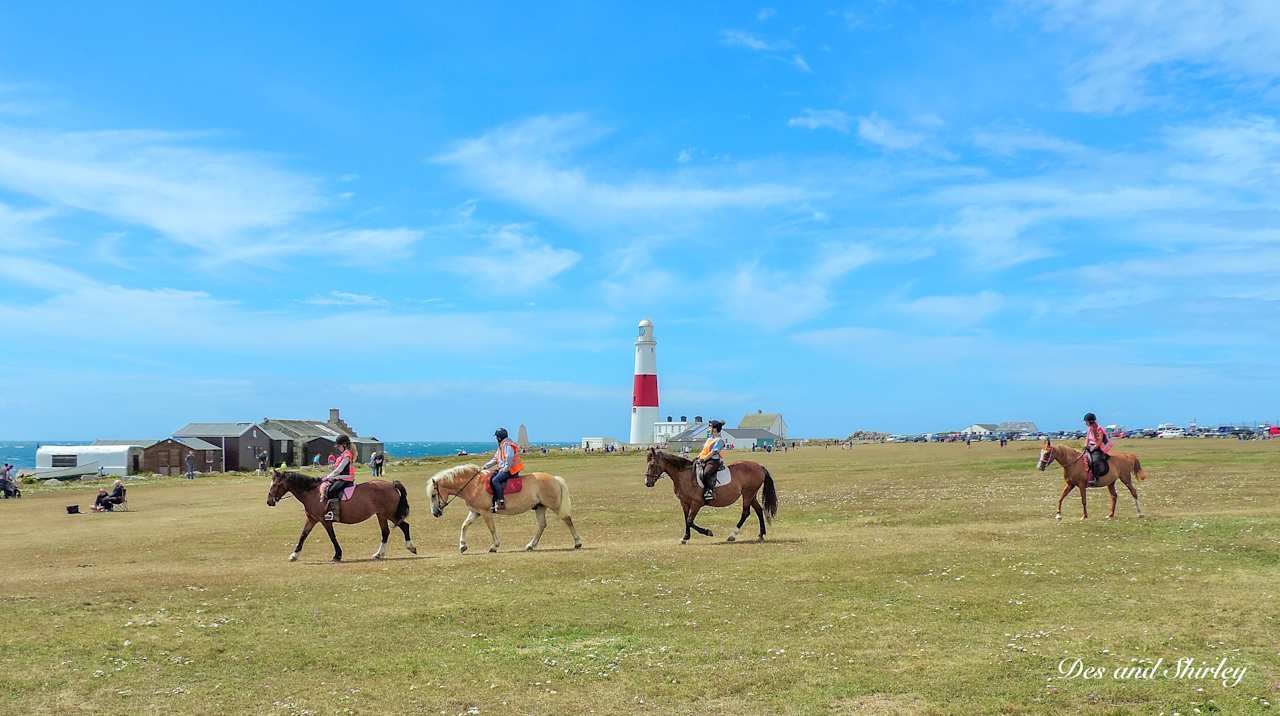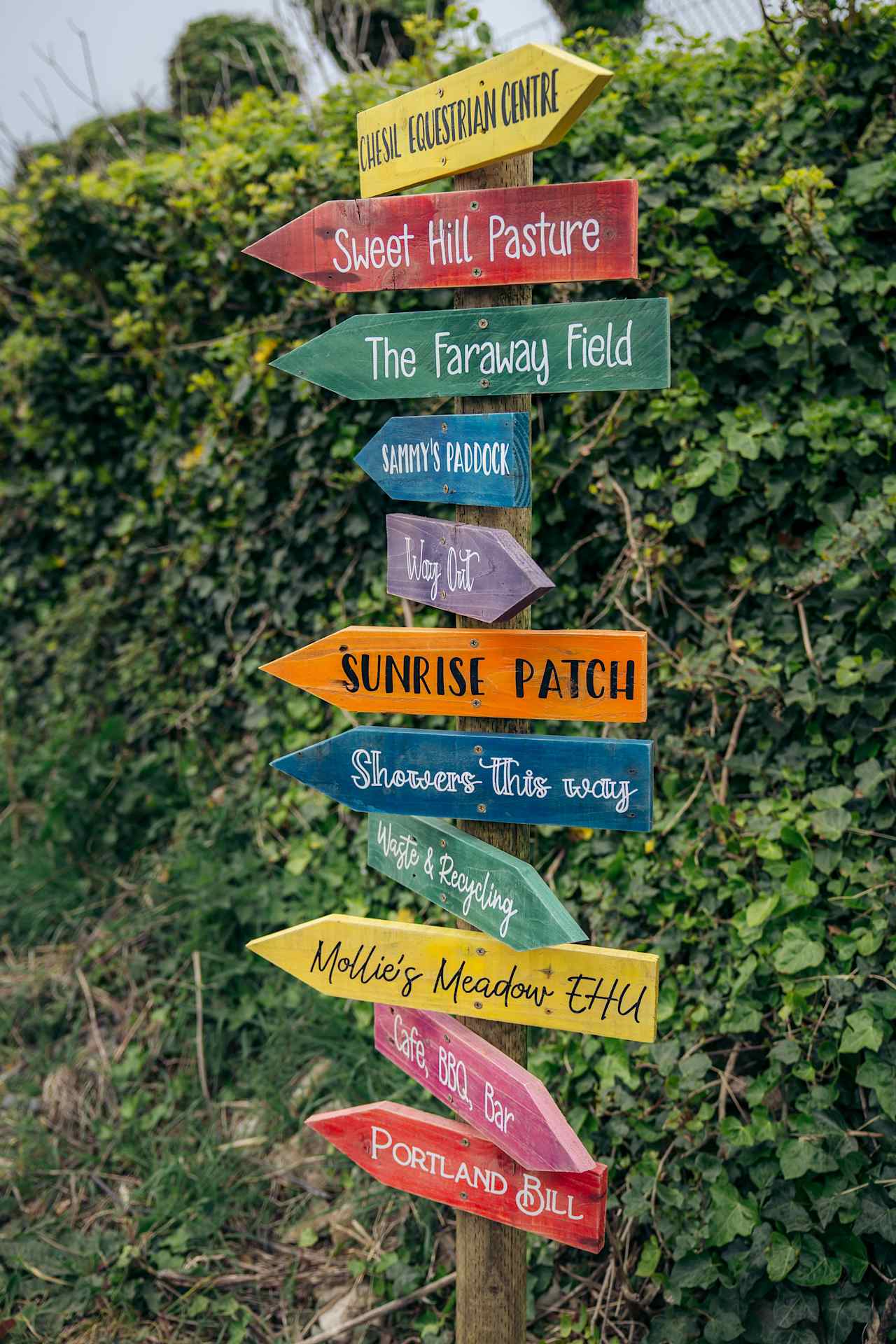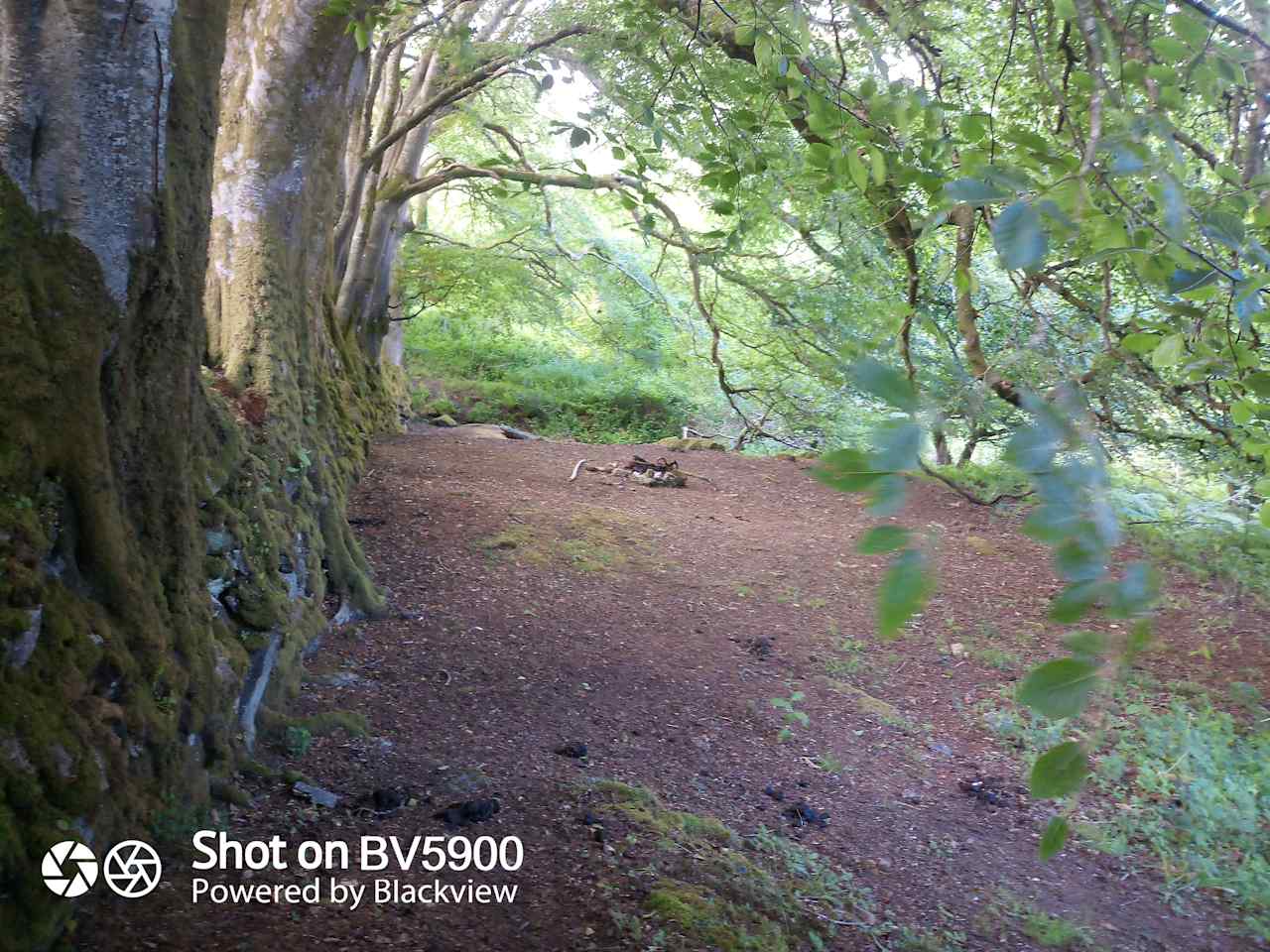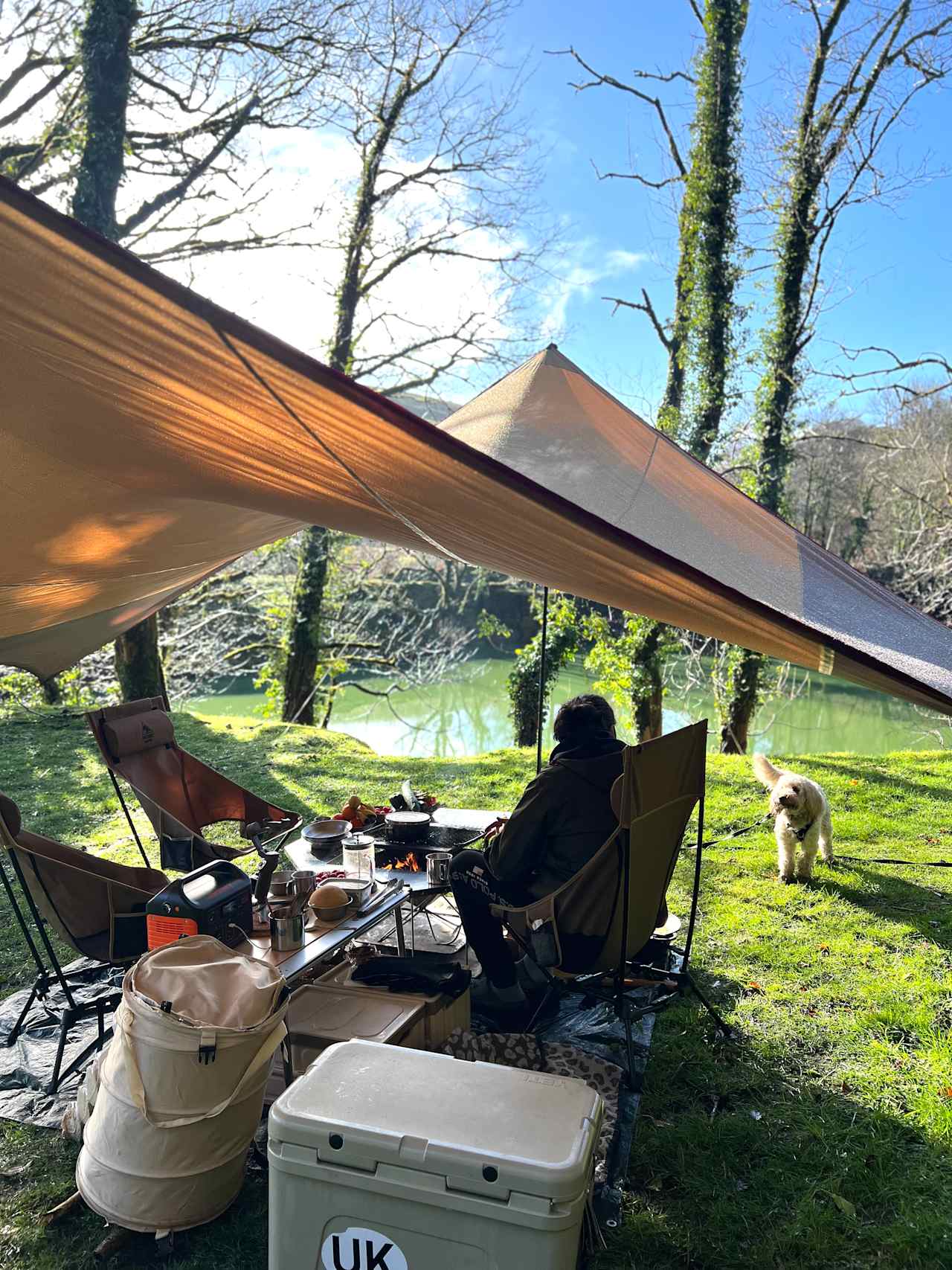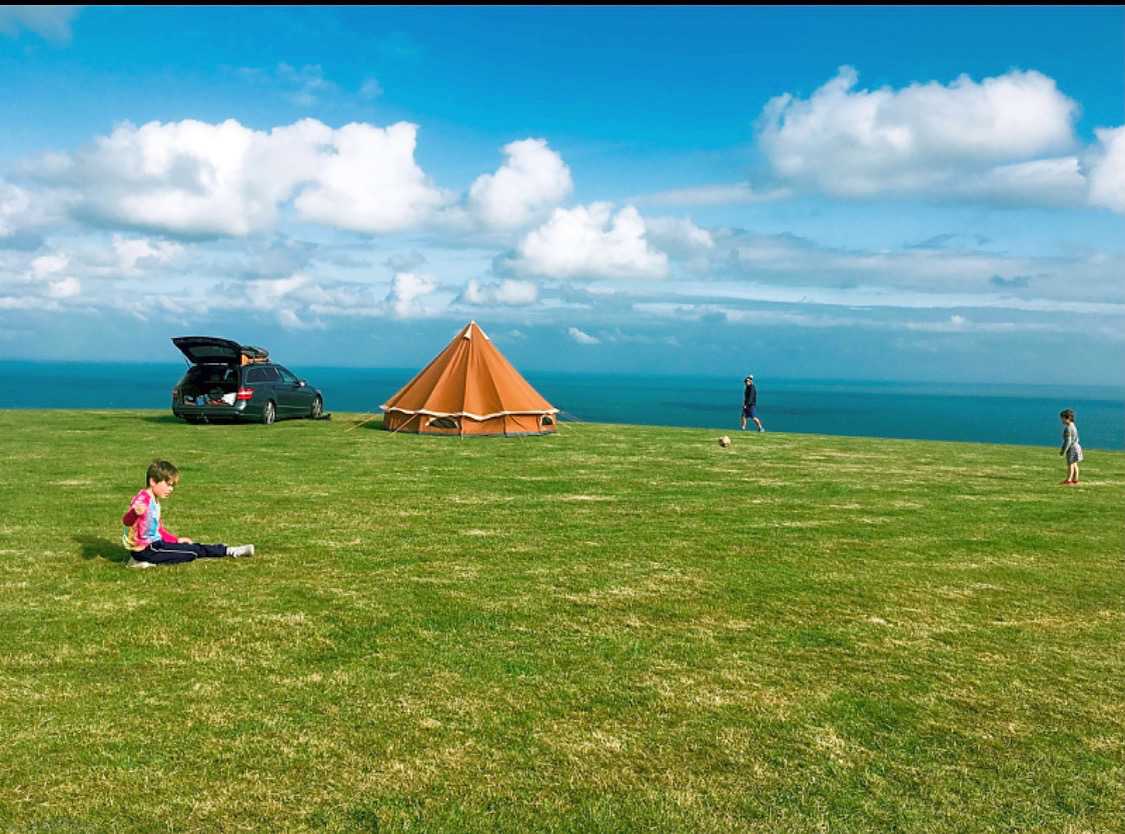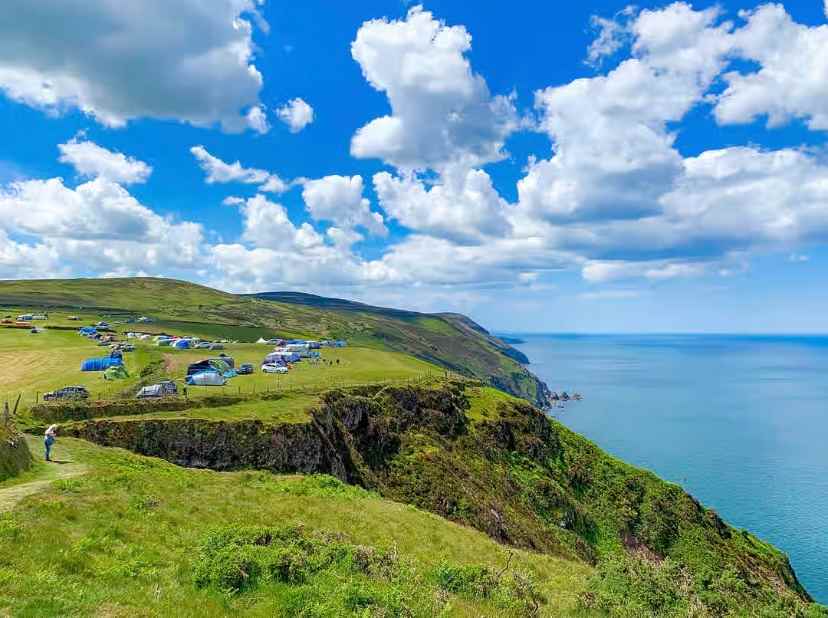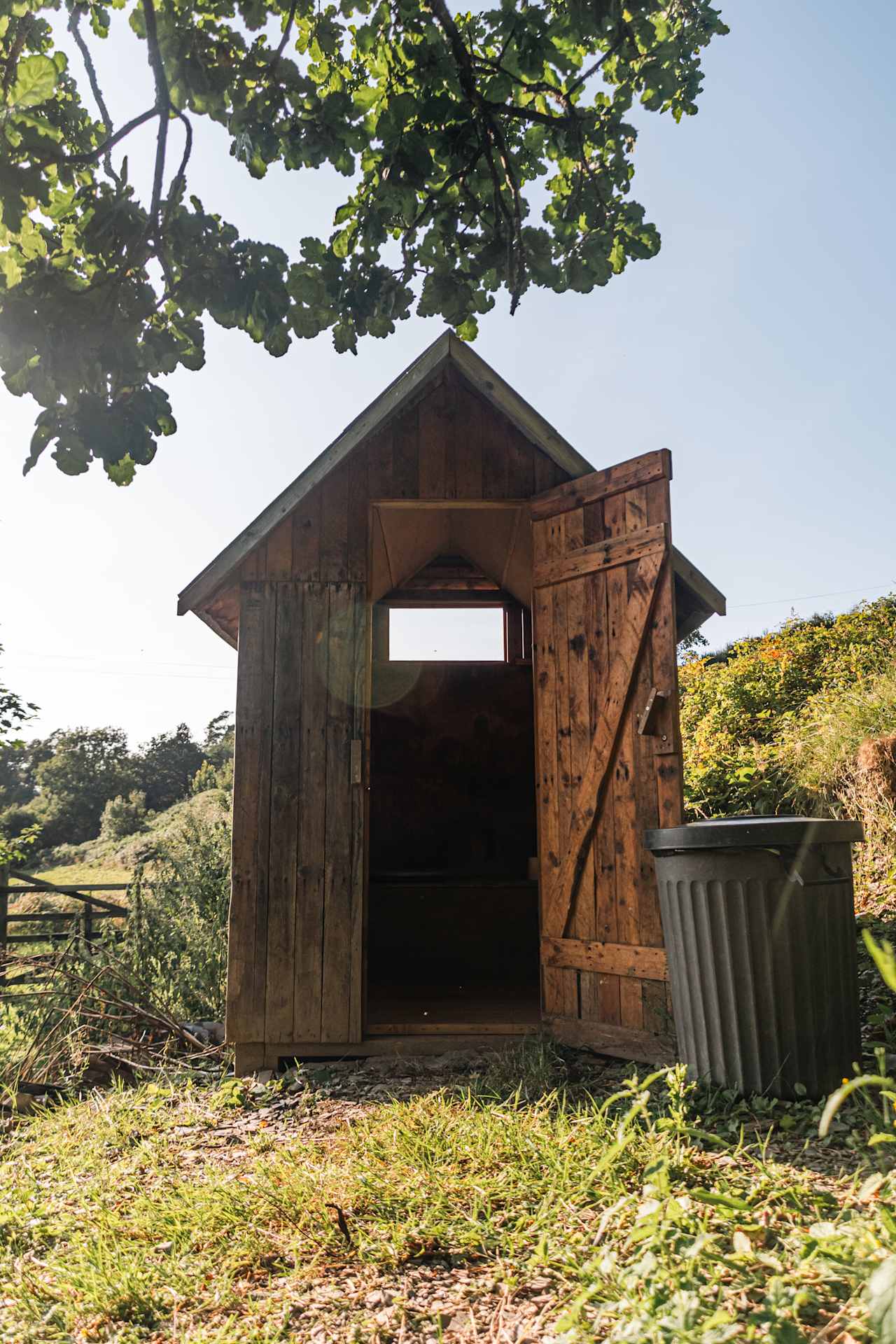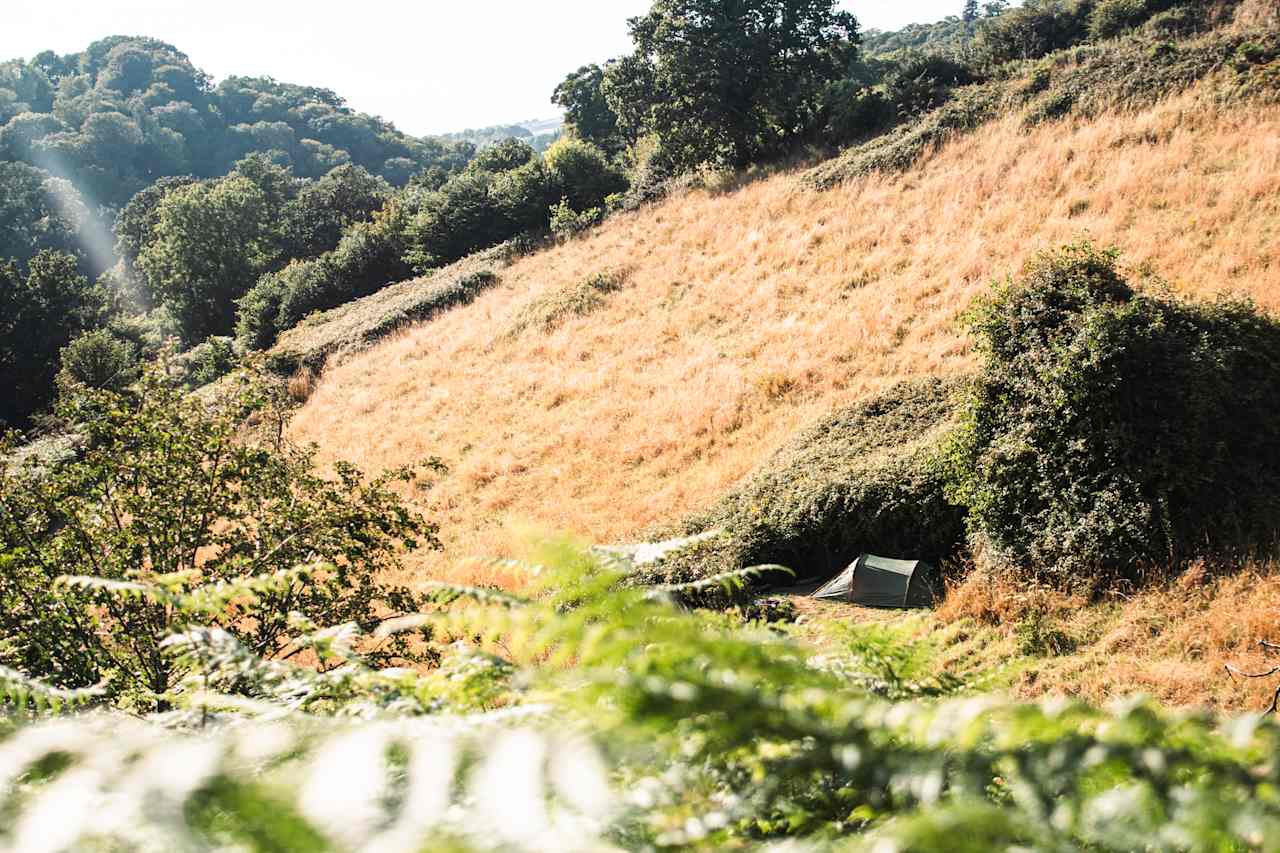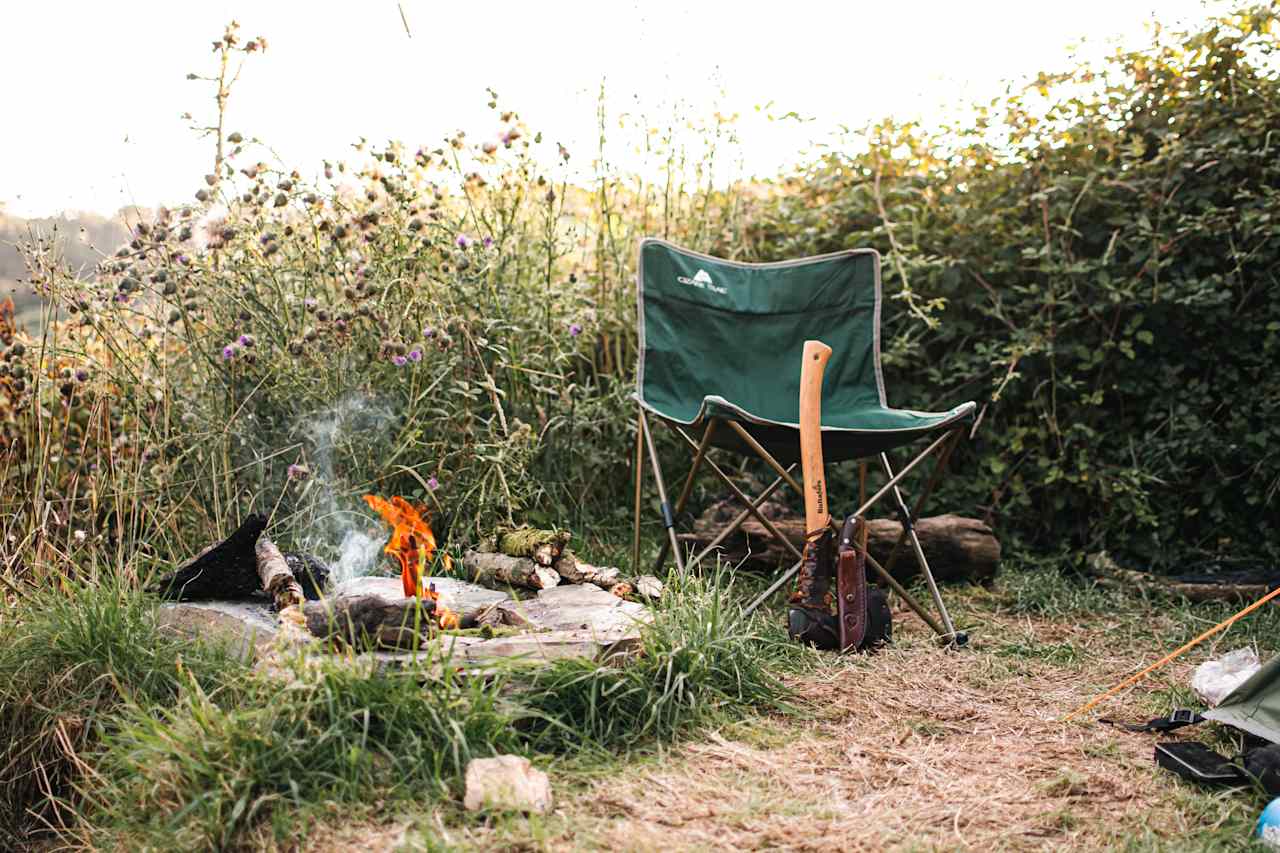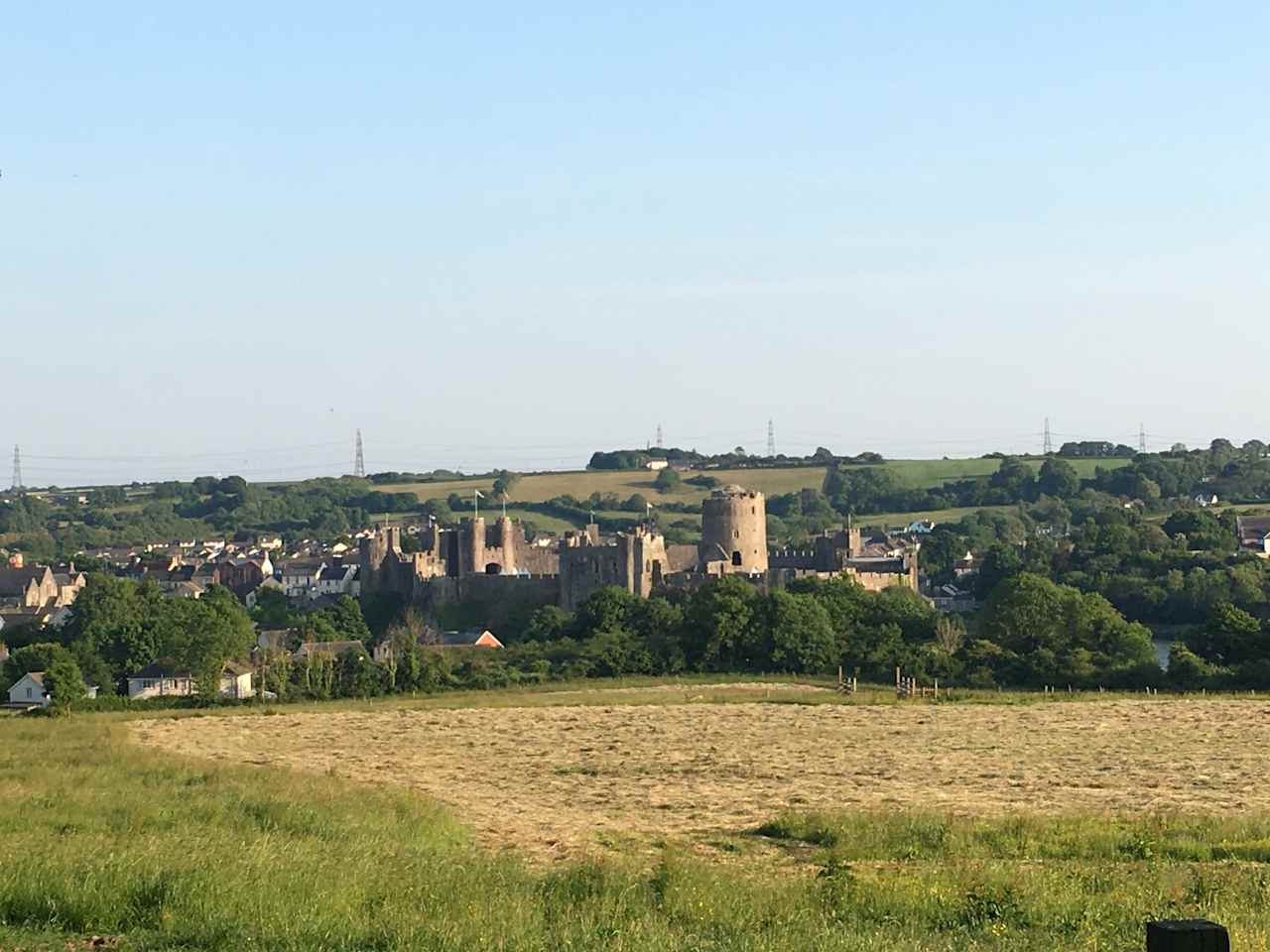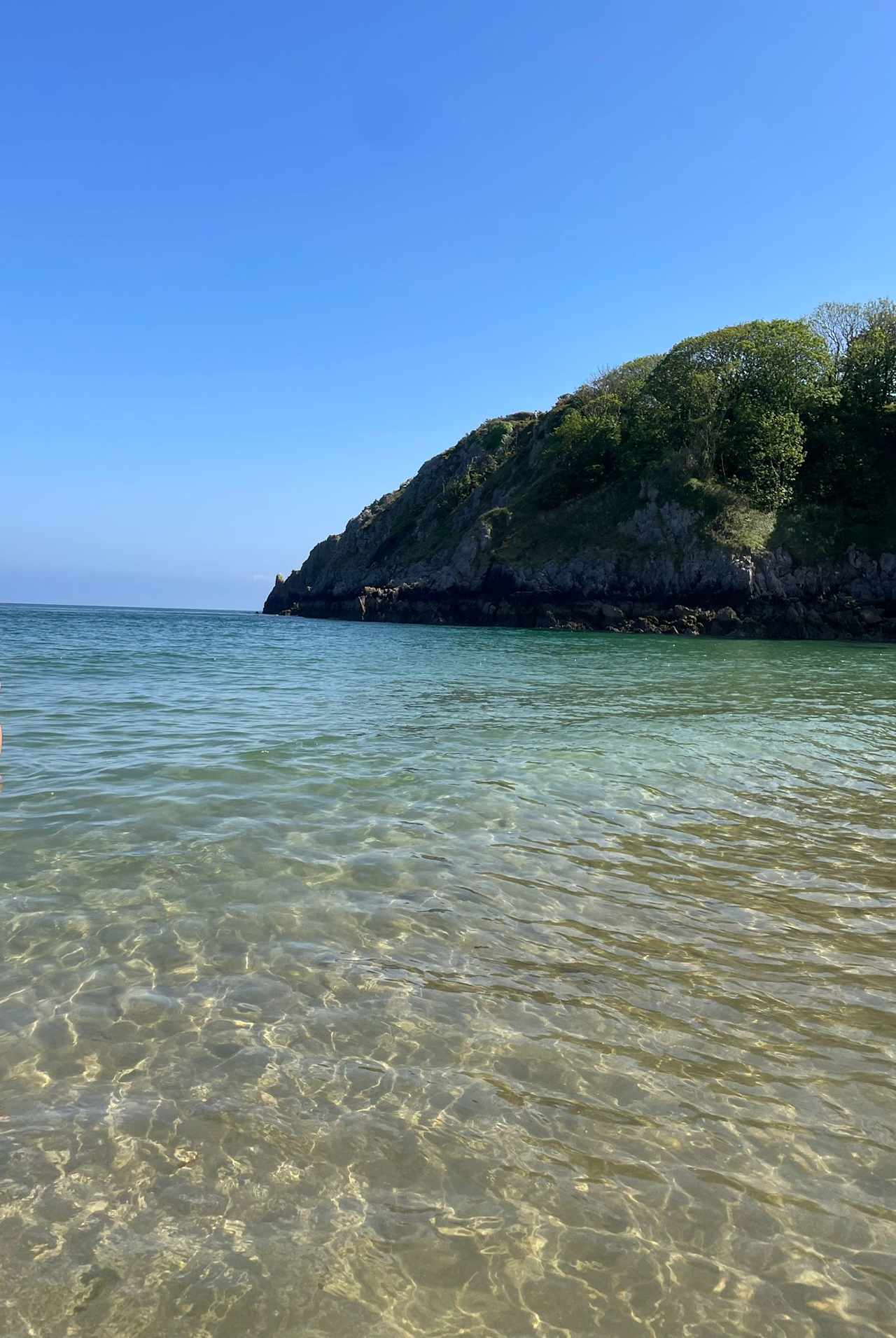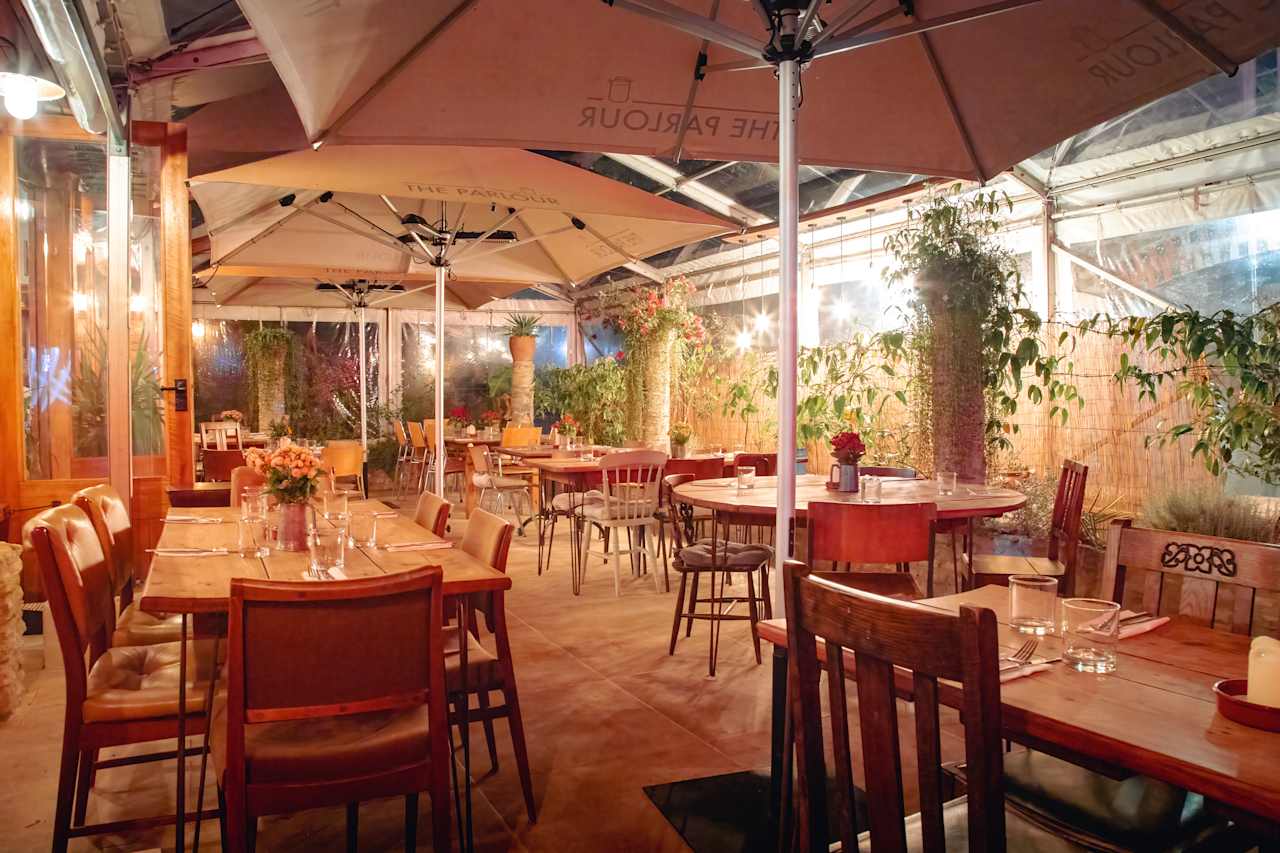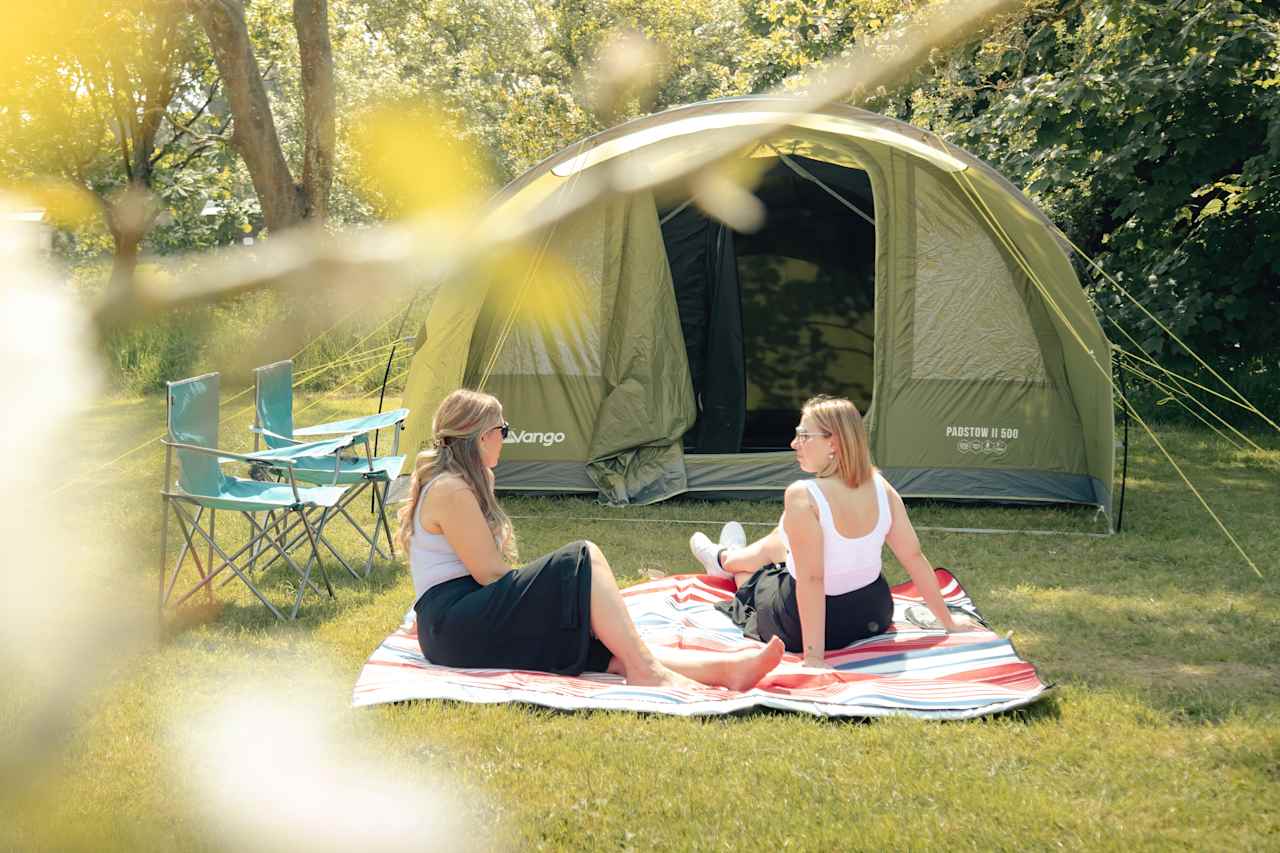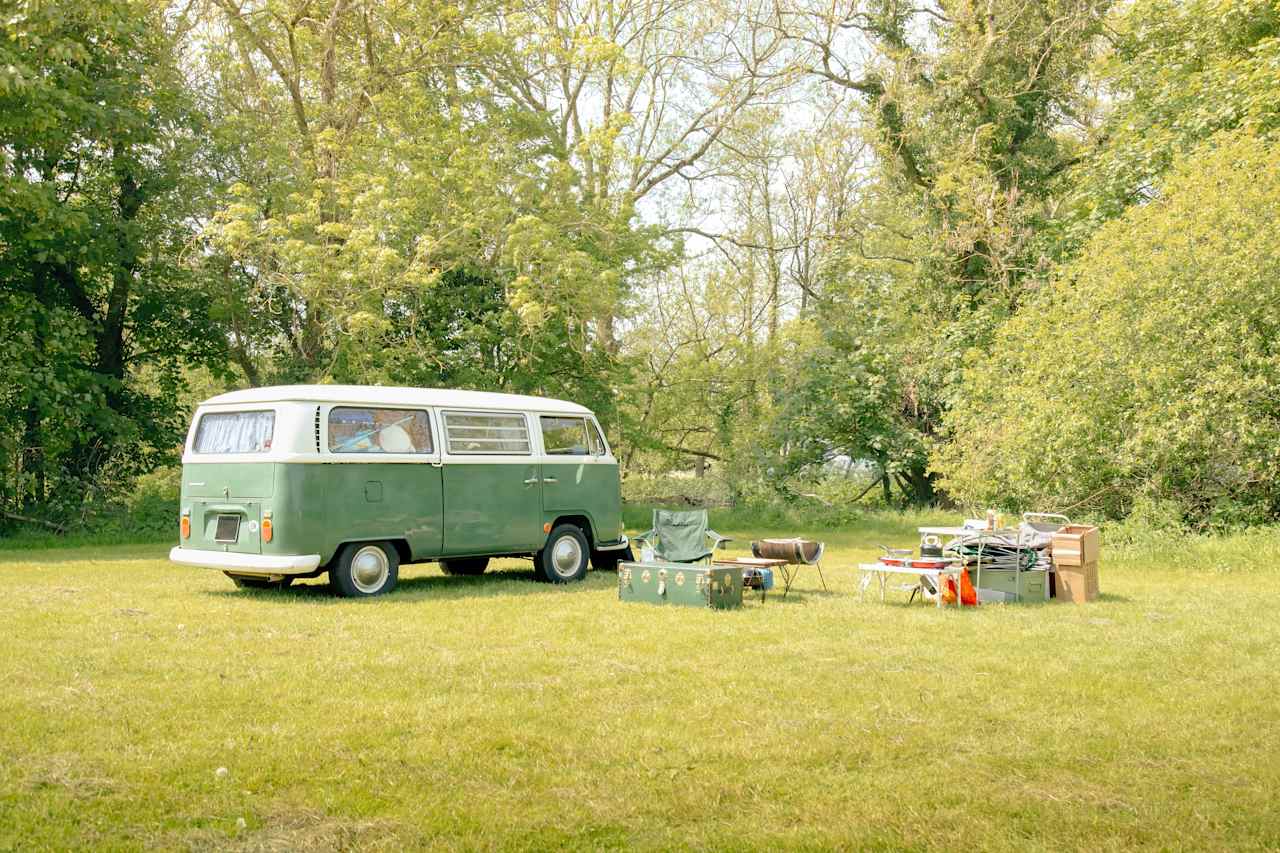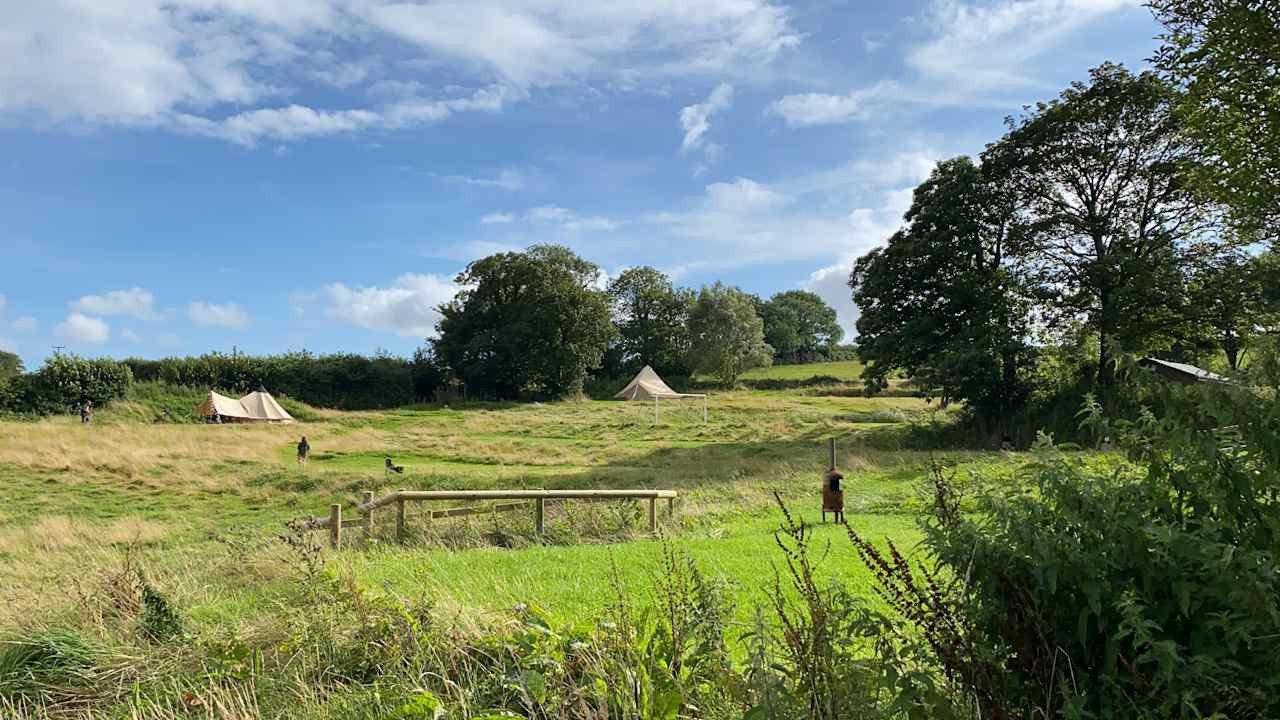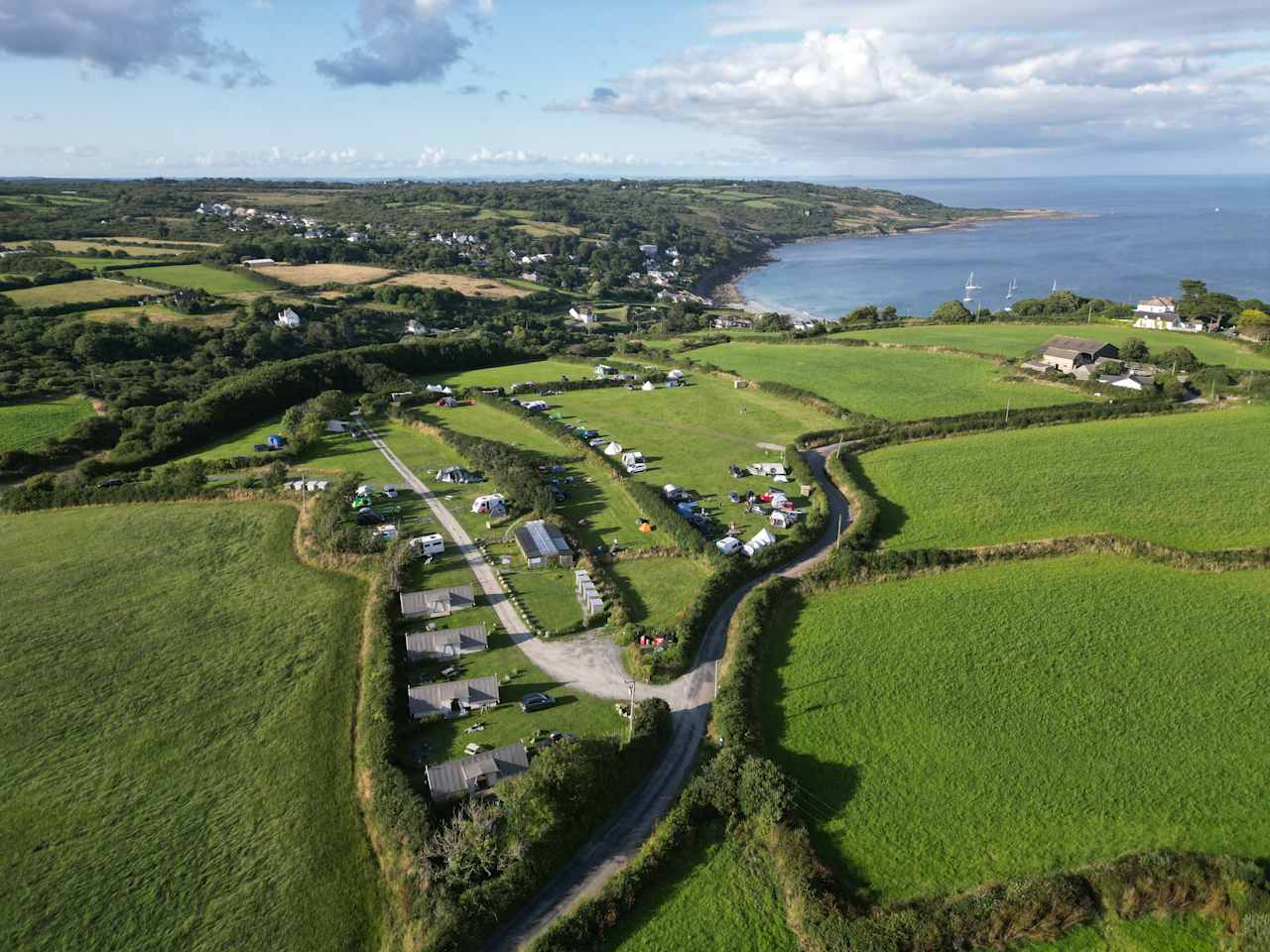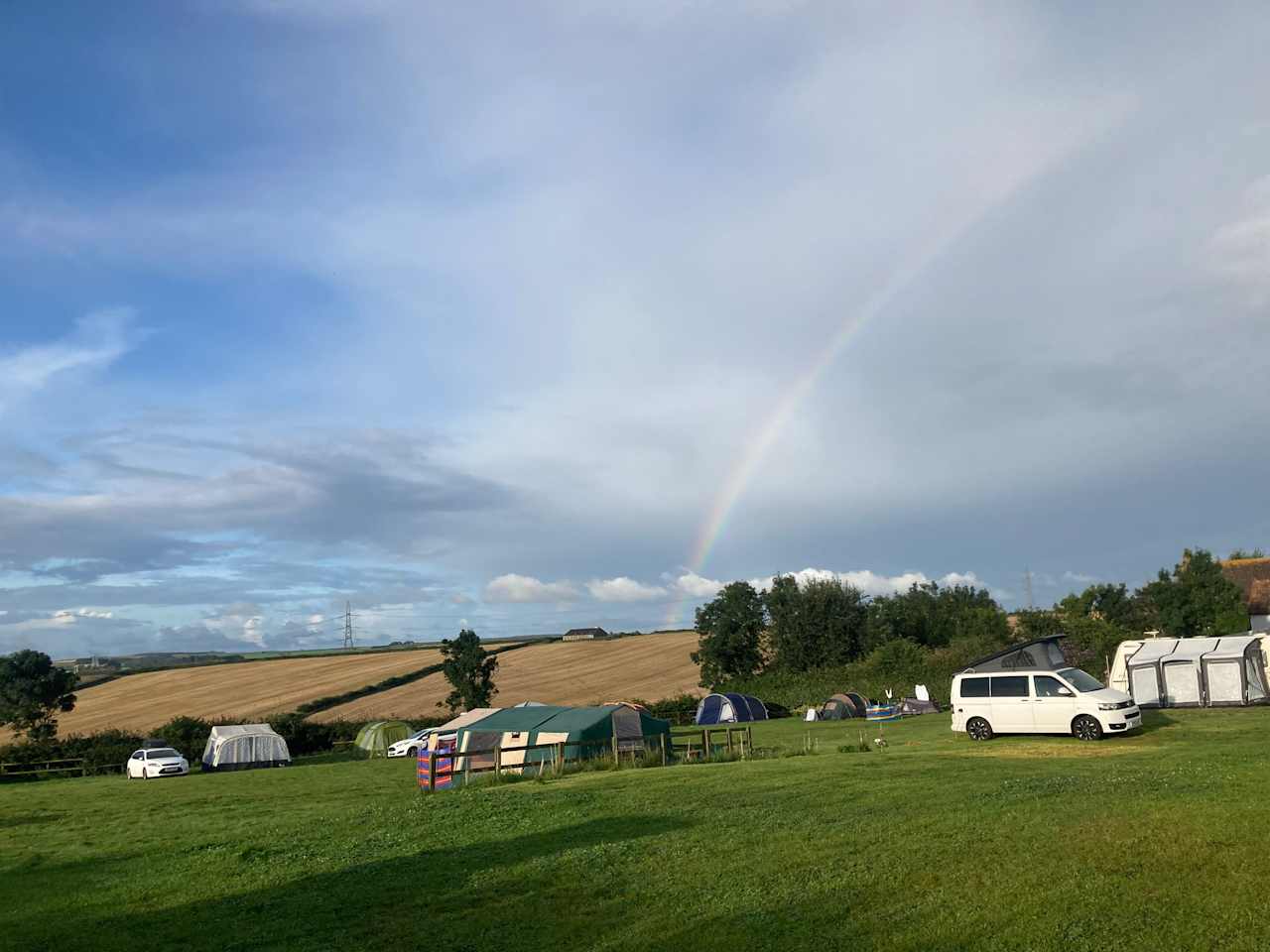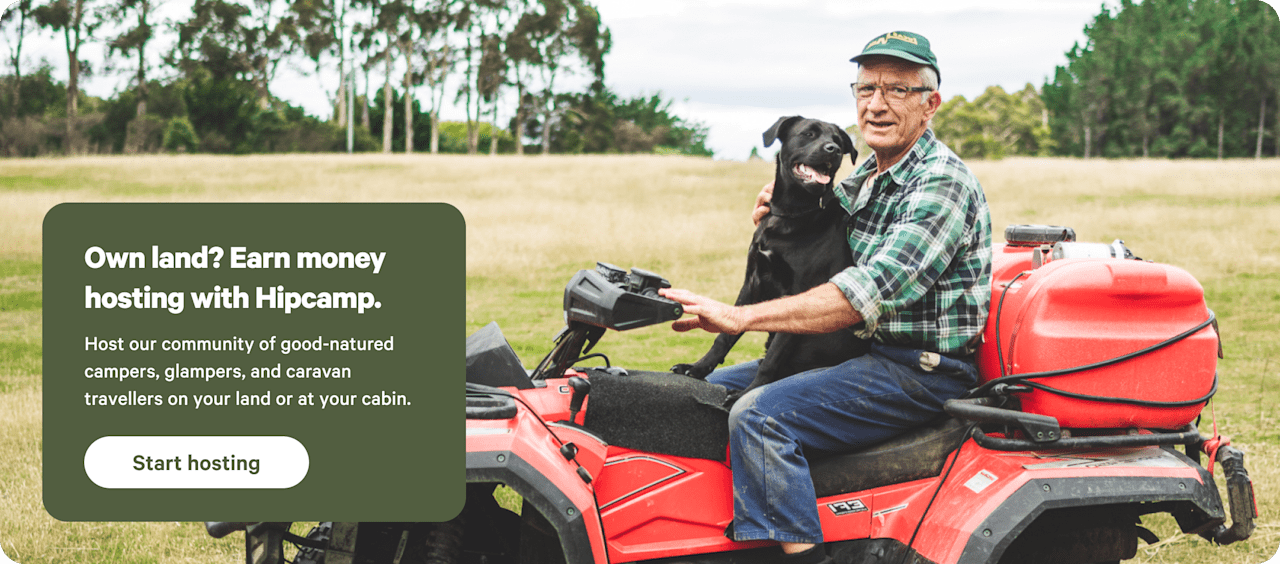Campsites with campfires in Dartmoor National Park
These rugged southern moorlands are home to castle ruins, glassy lakes, and wild ponies.
- Dartmoor National Park
Popular camping styles for Dartmoor National Park
Community favorites in and near Dartmoor National Park
Top-rated campgrounds reviewed by the Hipcamp community.
Berry's Ground Lane Campsite
Roskilly Camping
Llandyfan Camping
Available this weekend
Camp Couture
Riverside Restful Relaxing Campsite
Dog-friendly getaways
Homemade Holidays
12 top campsites in Dartmoor National Park with campfires
Sweet Hill Farm
Cadgwith Wild Camping
Meldon Lake and Woods Wild Camping
South Dean Camping
Cornish Tipi Holidays & Camping
Parke Farm Camping
Cider Farm Orchard Campsite
The Enchanted Wilderness
Glan Y Mor Camping
Bredy Farm
Star Hosts in Dartmoor National Park


Campsites with campfires in Dartmoor National Park guide
Overview
With windswept tors, river gorges, and vast open moorlands blazing with purple heather—Dartmoor’s wild landscapes were made for exploring. Miles of hiking, biking, climbing, and horseback riding trails lead to hilltop lookouts, crumbling ruins, and hidden waterfalls. Look out for herds of native Dartmoor ponies grazing the moors, enjoy fishing or kayaking along the lakes, or join in the local tradition of letterboxing to search Dartmoor for hidden treasures. For a change of pace, hop aboard for a ride on the South Devon steam railway or stop by one of the park’s villages for a traditional Devonshire cream tea. Camping is the natural way to holiday in this Devonshire landscape, and we’ve been up in the high moorland and down in river valleys to find the best places to stay. In Devon and Dartmoor, campsites vary with the landscape, from woodland sites to places with riverside pitches. Campsites tend to be around the edges of the national park, as the great swathes of land within its boundaries have little by way of infrastructure or population. This is especially true in the north of Dartmoor, one of only a few areas where wild camping is allowed. Hideaway Camping on the northern borders of Dartmoor is just one spot with camping to suit all tastes—check into a caravan, shepherd’s hut, or igloo, or pitch your tent under the trees.
Dartmoor National Park Wildlife
Dartmoor wildlife is truly special—the most obvious are the free-roaming Dartmoor ponies. They’ve lived here since prehistoric times as such a symbol of the park that they are featured on the park logo. The way they graze out on the moor helps create special habitats for other plants, insects, birds, and animals too. During a Dartmoor camping holiday, you can look out for all sorts of fascinating wildlife from moorland birds to otters and (who would have guessed it) the world’s largest slug—the ash black, which can grow to up to 20 centimetres.
Top towns and villages in Dartmoor
Much of Dartmoor is sparsely populated, but area market towns and villages offer historic sites, shops, and amenities worth the trip.
- Around the park’s fringes are lots of places to visit too, from Plymouth on Devon’s south coast to the easy-going and historic market town of Totnes.
- Within the park itself, places that act as magnets for visitors are Postbridge, with its medieval stone bridge and national park visitor centre; Princetown, from where you can enjoy walks and cycle rides on a disused railway line; and Okehampton, with its access to the park’s highest tors.
- Widecombe-in-the-Moor features tea rooms that are just right for a Devonshire cream tea (cream on top of jam, obviously).
- On the park’s western edge in the Tamar Valley is Tavistock, the birthplace of Sir Francis Drake. Part of the Cornwall and West Devon Mining Landscape has been recognised as a World Heritage Site by UNESCO.
Top things to do in Dartmoor
There’s lots to do when you’re camping in Dartmoor.
- For more advice, head to the national park visitor centres at Haytor, Princetown, and Postbridge. If you’re looking for walks, you won’t be disappointed with the hour-long routes from each of the centres.
- Very similar to geocaching but with roots in the 19th century, the Dartmoor pastime of letterboxing challenges adventurers to get out on the moor and find a “letterbox” where you can stamp a book to say you’ve visited.
- Although cyclists won’t be able to wheel through Dartmoor’s open-access land, it shouldn’t restrict their fun. There are plenty of quiet lanes and more than 200 miles of bridleways and byways that also make horse riding a fantastic way to get around.
- Dartmoor’s granite tors make it an attractive destination for climbing and bouldering—Haytor Fur Tor, Bonehill Rocks, and Dewstone are some highlights.
- The rivers Dart, Teign, and Taw all rise in Dartmoor, meaning that there are plenty of opportunities for water lovers, from kayaking and canoeing to wild swimming and fishing.
- It’s almost impossible to tire of exploring Dartmoor’s natural highlights but if you manage it, look to some of the manmade features in the national park. The National Trust offers Castle Drongo and Buckland Abbey in addition to some of the most beautiful natural highlights of the park, including the Lydford Gorge with its 30-metre waterfalls.
- Families and wildlife lovers will be thrilled to see free-roaming Dartmoor ponies, and there’s more horsey fun at the Miniature Pony Centre. For exotic animals, head to Dartmoor Zoo.
- There’s more family fun just outside the southern edge of Dartmoor on the South Devon Railway, which has vintage trains running from Buckfastleigh to Totnes.
- It’s a drive of about half an hour to reach the south coast beaches of Torbay.
Tips for snagging a campsite
- Popular Dartmoor National Park holiday parks and caravan sites can book up quickly, especially in July and August, and during school holidays. Early bookings (at least three months in advance) are recommended for visits during these times.
- Check access to campsites if you’re travelling with a caravan or large motorhome—Dartmoor lanes are sometimes narrow and tricky to navigate.
- Be sure to check seasonal opening and closing dates, which vary by campsite. Many campsites open from March or April through September or October, while others stay open year-round.
When to go
Summer is the high season in Dartmoor National Park, when crowds peak in July and August. Arrive early at popular attractions to avoid queues, and book activities in advance to avoid disappointment. Outdoor activities are possible year-round, but pack for all seasons—rain, fog, and high winds are common in the moorlands, and the weather can turn quickly, even in summer.
Know before you go
- Dartmoor National Park is one of the few places in the UK where wild camping is permitted for tents only. Tents must be pitched away from roads and attractions, and large group camping is not allowed.
- Dartmoor National Park is in Devon along the M5 motorway. It’s about a 30-minute drive or train ride from Exeter or Plymouth.
- Several car parks dot the park, many of which are pay-and-display. The Haytor Hoppa hop-on, hop-off bus also operates around eastern Dartmoor from May through September.
- Many small towns and villages can be found throughout the park, so you’re never far from a shop, pub, or information point. The main Dartmoor visitor centres are in Princetown, Haytor, and Postbridge.
- Dartmoor has many wheelchair-accessible trails and attractions.
- Dartmoor has free-roaming ponies, sheep, and cattle, which have the right of way on moorland roads. A strict speed limit of 40 mph applies throughout. It is a fineable offence to feed any animals in the park, and visitors are advised to keep a distance for their own safety—these are feral animals that may kick or bite.



